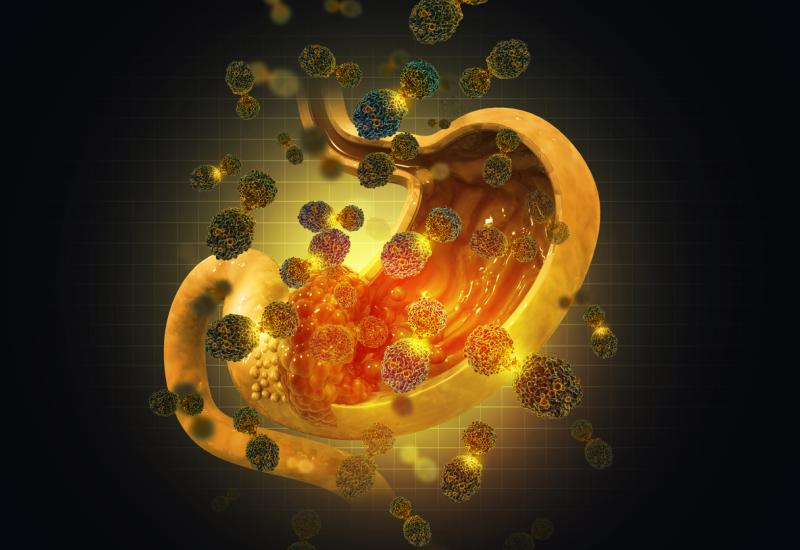
Clouds loom for Novartis’s MorphoSys buy
Pelabresib is delayed, and Novartis writes off $800m of the €2.7bn purchase.
Pelabresib is delayed, and Novartis writes off $800m of the €2.7bn purchase.

Novartis’s €2.7bn acquisition of MorphoSys has gone from questionable to disastrous, with the company admitting on Tuesday that pelabresib, the BET inhibitor it gained through the deal, will not be filed any time soon amid worries about toxicity.
A regulatory submission had once been expected this year, and the clock is ticking for Novartis to shore up its myelofibrosis franchise, with its approved drug Jakafi set to start coming off patent from 2028. The Swiss group took an $800m writedown in relation to the deal, it disclosed in its third-quarter earnings release.
Elsewhere, Novartis has discontinued one of its fast-manufactured Car-Ts, targeting BCMA, and provided more information on a couple of early-stage pipeline assets, GIZ943 and ITU512.
Pelabresib prang
When Novartis agreed to buy MorphoSys in February, the latter had recently presented results from the Manifest-2 front-line myelofibrosis trial at ASH showing that, at 24 weeks, pelabresib plus Jakafi beat Jakafi alone on spleen volume reduction, the primary endpoint.
Despite this, MorphoSys talked up its 2024 filing plans, a timeline Novartis reiterated at the time of the takeover. But by July the big pharma had changed its tune, saying it was awaiting 48-week data from Manifest-2 before finalising its next regulatory steps.
And now Novartis has disclosed that the 48-week data would not be enough, either. These results haven’t yet been released – they are earmarked for an upcoming medical meeting – but safety will be closely watched. Pelabresib has previously been linked with "leukaemia transformation": progression from myelofibrosis to acute myeloid leukaemia.
During its earnings call on Tuesday Novartis's chief executive, Vas Narasimhan, noted that the safety imbalance had to be "fully resolved" before filing could take place. He also mooted the possibility of further trials, but didn’t give more details.
BCMA backtrack
Meanwhile, the autologous BCMA-targeting Car-T project durcabtagene autoleucel (PHE885) was missing from Novartis’s phase 2 pipeline update. A spokesperson for the company confirmed that this project had been discontinued following a review "in the context of the rapidly evolving treatment landscape in multiple myeloma".
This field is very crowded: OncologyPipeline counts over 150 BCMA projects in the clinic, the majority being Car-Ts. However, durca-cel was supposed to be differentiated in that it employed Novartis's T-Charge technology for rapid manufacturing. The company's lead fast Car-T, the CD19-targeting rapcabtagene autoleucel, remains in play.
Novartis has also confirmed that its radioconjugate GIZ943 (formerly dubbed 177Lu-EVS459) targets FOLR1 (folate receptor alpha); a phase 1 trial was listed on clinicaltrials.gov in April and began in September. While there are plenty of ADCs against FRα in development, there are only a couple of preclinical radioligands being developed against this target, according to OncoloyPipeline.
And Novartis also said that its phase 1 sickle cell project ITU512 was a WIZ degrader, as suspected.
FXX489 (also known as 177Lu-NNS309) is another new-to-phase 1 radioconjugate, although its target remains undisclosed.
What’s in and what’s out at Novartis
| Project | Description | Indication | Status |
|---|---|---|---|
| Out | |||
| Durcabtagene autoleucel (PHE885) | BCMA Car-T | Late-line multiple myeloma | Discontinued in ph2, Oct 2024 |
| New to phase 1 | |||
| ITU512 | WIZ degrader | Sickle cell disease | Ph1 started Aug 2024 |
| FXX489 (177Lu-NNS309) | Radioconjugate (undisclosed target) | Pancreatic, lung, breast & colorectal cancers | Ph1 started Sep 2024 |
| GIZ943 (177Lu-EVS459) | FOLR1-targeting radioconjugate | Solid tumours | Ph1 started Sep 2024 |
Source: OncologyPipeline & Novartis Q3 2024 presentation.
This story has been updated following Novartis's Q3 2024 earnings call.
5402













